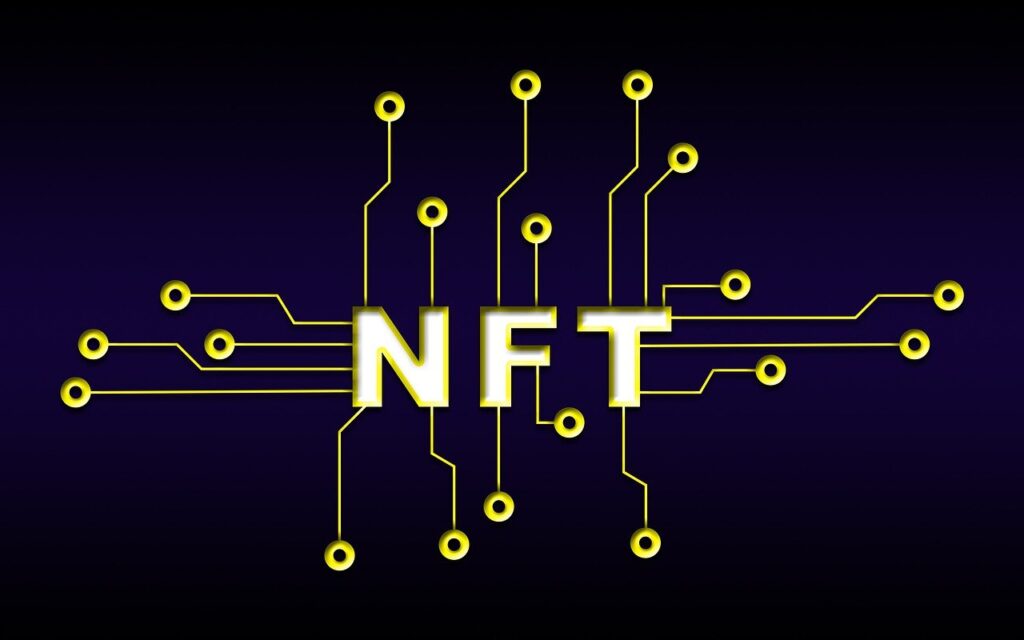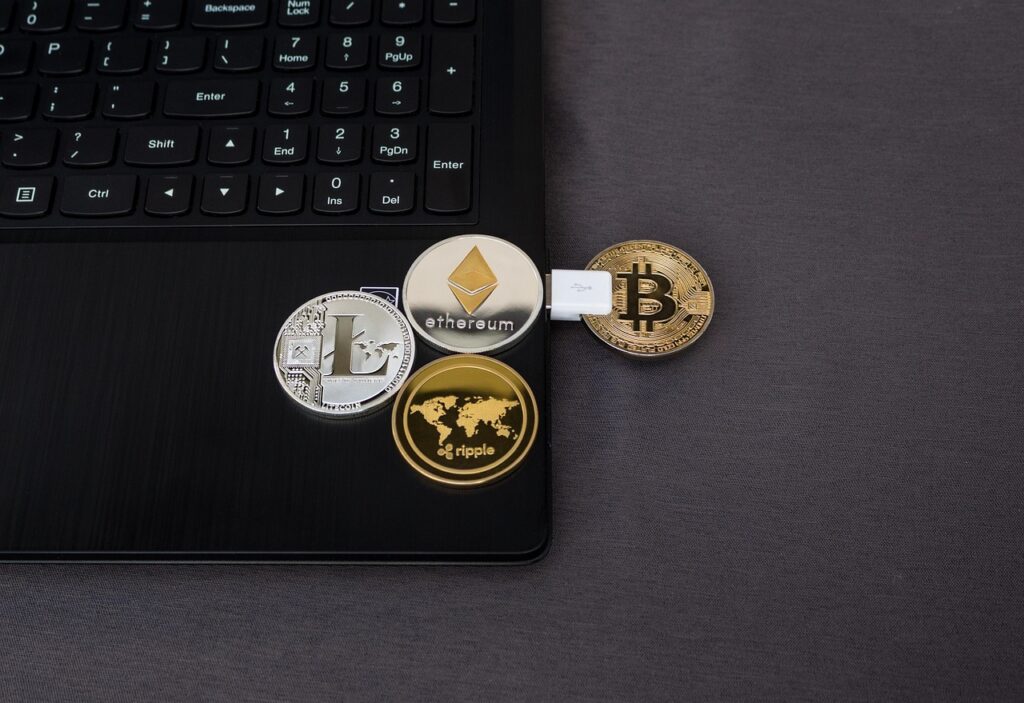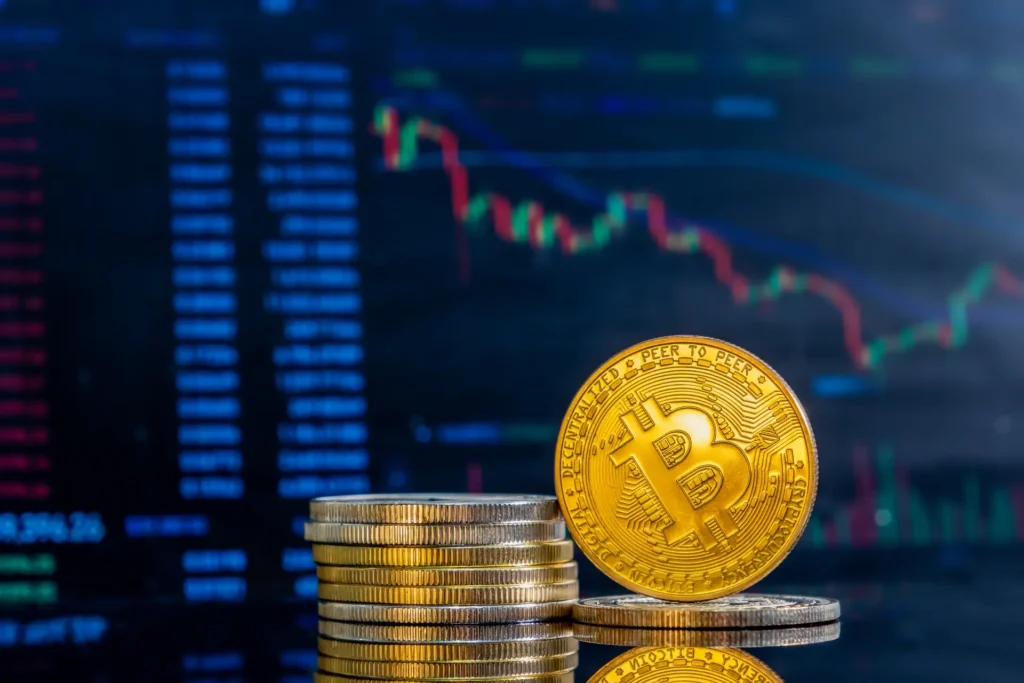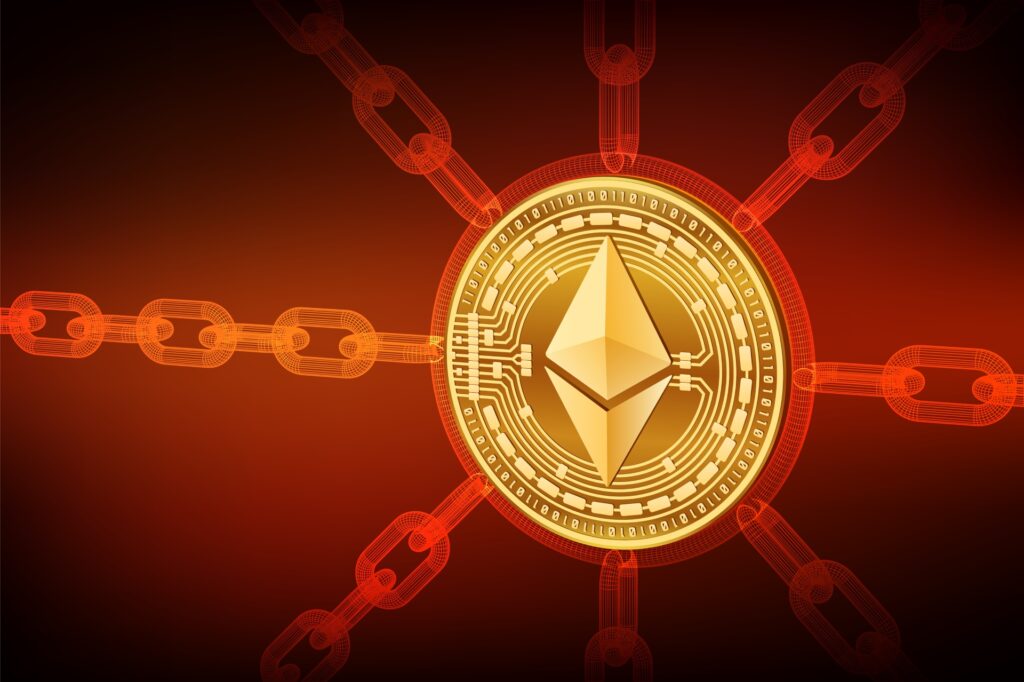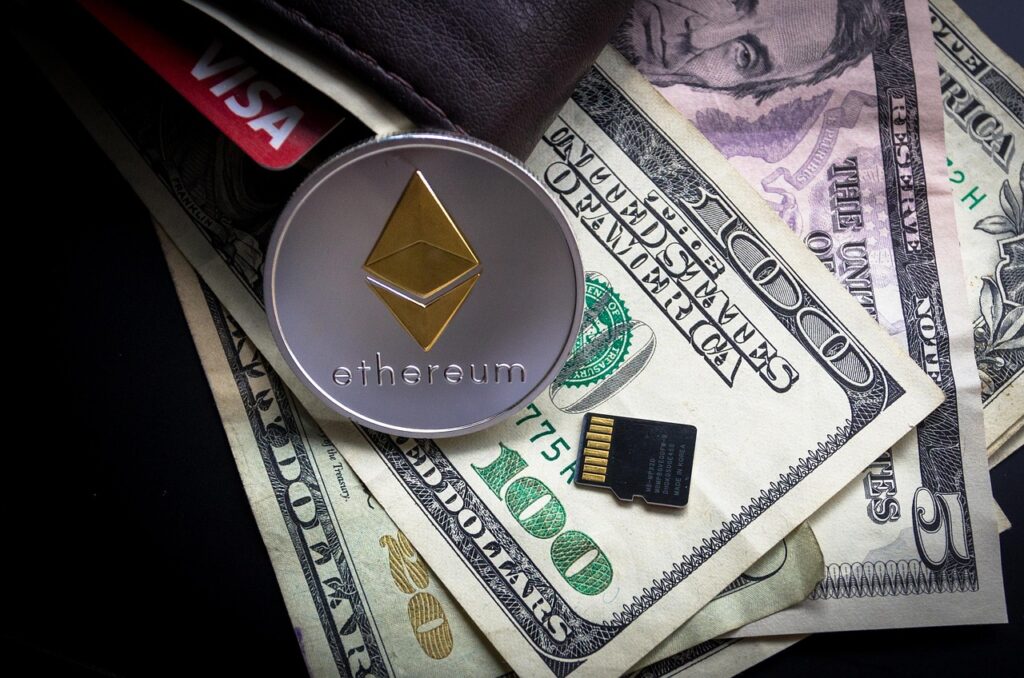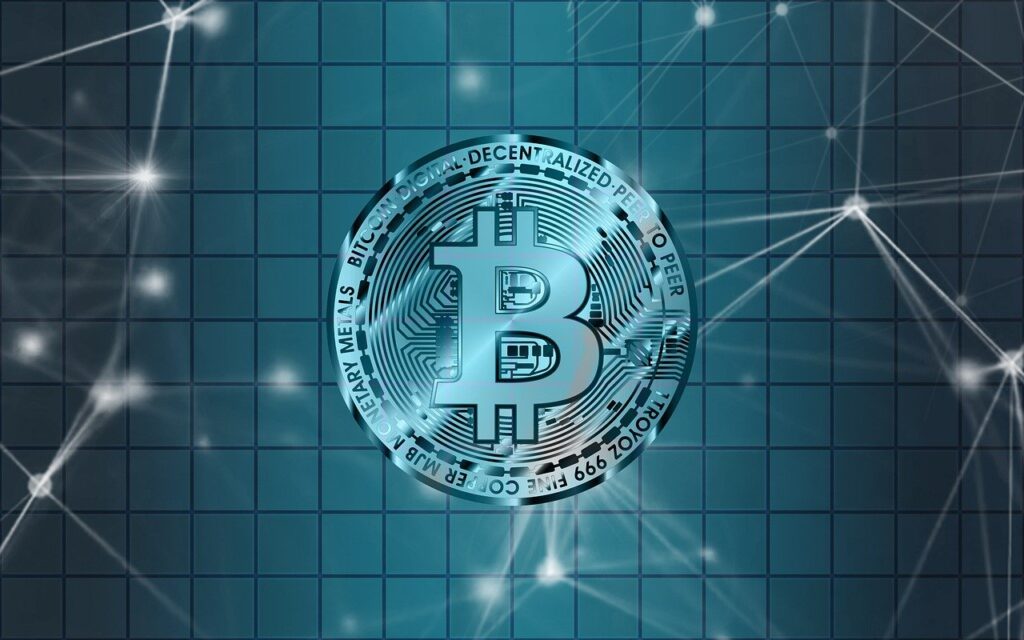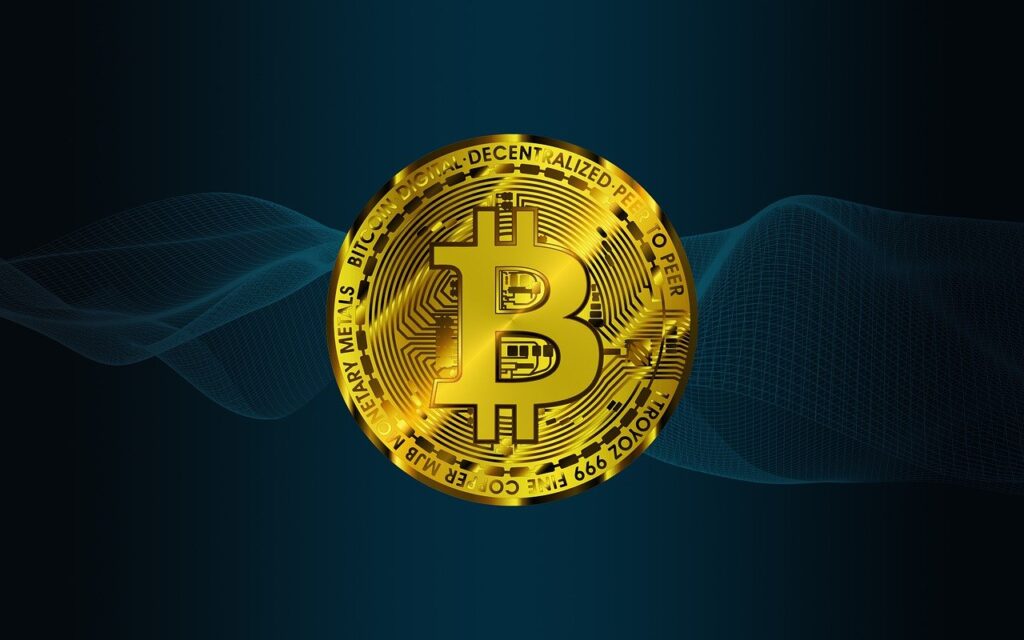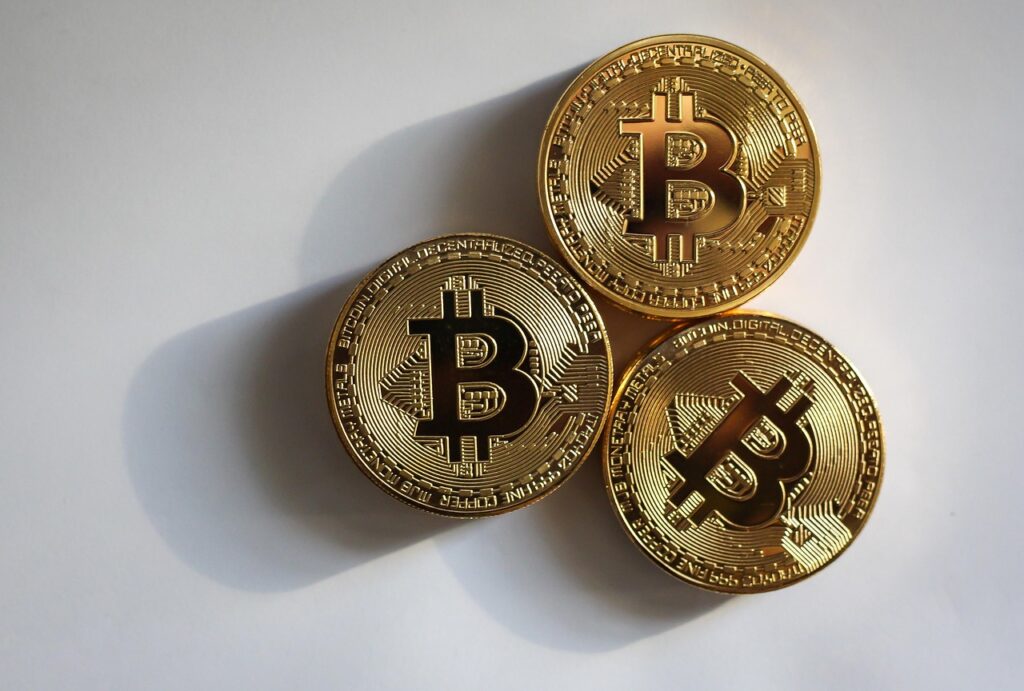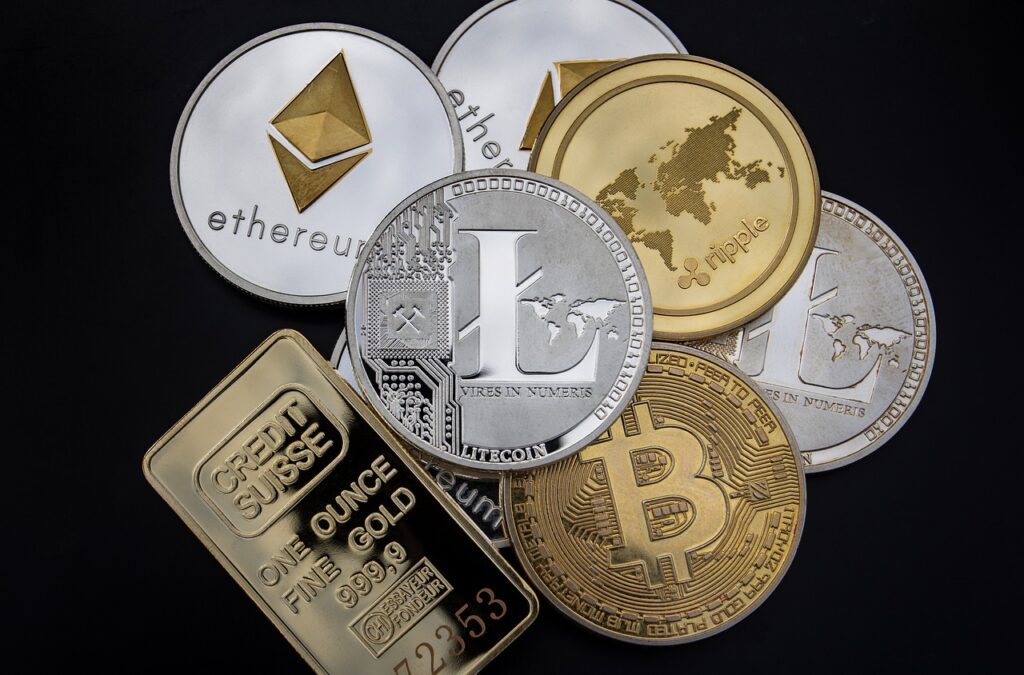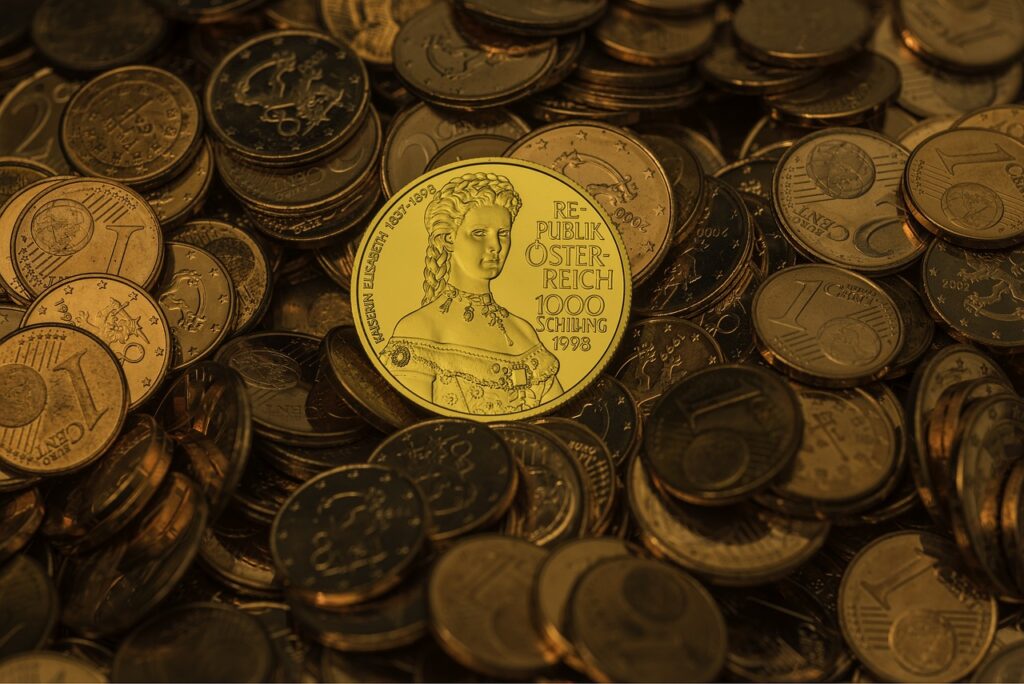Non-Fungible Tokens (NFTs) are a completely innovative way to track ownership and authenticity of digital assets as part of the digital asset industry. NFTs are distinguishable from prevalent cryptocurrency, bitcoin being the most recognized, because NFTs are “non-fungible” or unique and not interchangeable with other like assets, fungible assets. The defining feature of an NFT is uniqueness with a clear ownership over a hybrid digital product having defined ownership attached to a given underlying digital file, i.e., digital artwork, gaming character, collectible. The uniqueness of NFTs has resonated globally and attractively, especially in the areas of digital assets, more so in digital art collectibles, and gaming, etc.
An NFT is “minted” or created and able to be publicly recorded on every occurrence a digital file can be ‘tokenized’ and recorded on a blockchain transaction. Digital files used as NFTs include, but are not limited to, images, videos, music, and generally all digitally reproducible files. NFTs can be “bought” on platforms built primarily for the buying and selling of NFTs such as OpenSea, Rarible, Foundatio, etc., after being minted. Ownership of the NFT is conferred when the NFT is stored in a digital wallet as the ‘proof of ownership’ or ‘access to a unique piece of digital work or experience.
Table of Contents
- 1 The Rise and Rapid Growth of NFTs: Evolution of the Digital Asset Market
- 2 Top NFT Projects to Watch: Highlighting Leading Non-Fungible Token Innovations
- 3 How NFTs Are Disrupting Multiple Industries: A Cross-Sector Blockchain Revolution
- 4 Top Challenges and Risks in the NFT Ecosystem: What Investors and Creators Should Know
- 5 Anticipating What’s Ahead: The Prospects of NFTs
The Rise and Rapid Growth of NFTs: Evolution of the Digital Asset Market
While NFTs have existed since about 2012, they exploded into the mainstream in 2017 when the blockchain-based game CryptoKitties launched and offered players a new way to breed and trade virtual cats. Each virtual cat came with its own NFT and demonstrated a new form of digital property.
Since that time, the NFT market has exploded. In 2021, total transaction volume was about $41 billion. NFT adoption has accelerated dramatically in digital art; we have had more NFT marketplaces opening, and we have seen interest from both private collectors and institutional investors.
Top NFT Projects to Watch: Highlighting Leading Non-Fungible Token Innovations
Many landmark NFT projects have shown technology and potential to use power:
- NBA Top Shots: Licensed NBA NFTS highlight the moments purchased, sold, and traded by fans.
- CryptoPunks: One of the popular NFT projects, a long time ago, consisted of 10,000 alphanumerically generated Pixel-Arts Alien-World. Many of these tasks were sold for millions of dollars, which produced the first structure of the NFT art movement.
- Axie Infinity: A game where users can fight and sell digital pets called Axies. It has become a big problem in some places, especially the Philippines, where they mainly began to make money from it.
How NFTs Are Disrupting Multiple Industries: A Cross-Sector Blockchain Revolution
NFTs aren’t just making waves in art and gaming; they’re affecting numerous industries:
- Music: The band Kings of Leon launched an album as an NFT (non-fungible token) with exclusive content and perks (e.g., lifetime concert passes).
- Real Estate: Propy is using NFTs to facilitate real estate transactions. Propy completed the world’s first NFT-based real estate transaction in 2017.
- Fashion: Companies like The Fabricant are creating digital fashion houses that produce virtual clothing (NFTs). One digital dress sold for $9,500, showing the demand for wearable assets in virtual environments.
These examples show how NFTs are creating new monetization models and changing how creators and producers interact.
Top Challenges and Risks in the NFT Ecosystem: What Investors and Creators Should Know
Although NFTs have promise, there are challenges:
Market Volatility: Any market is going to be volatile, and NFT values can drop and rise unevenly, and sometimes finding buyers for niche items can be difficult.
Environmental Impact: NFTs are tied to blockchain technologies that are energy-heavy and usually get little criticism for their energy consumption.
Lack of Regulation / Legal Gaps: Aside from the NFT market’s potential for scams, fraud; copyright, or intellectual property infringement, it is unregulated. There are legal loopholes associated with using another creator’s original content to mint your own NFT (not all artists get paid for their work).
Reliance on the Platform: If a platform shuts down tomorrow, everything you have goes with it. No access to your assets.
Artificially inflating prices: There appears to be an increase in wash trading: Selling an NFT to yourself, to inflate their market value.
All these issues support the need for research and caution before you explore this space.
Anticipating What’s Ahead: The Prospects of NFTs
NFTs represent a fundamental change to the way we consider ownership and transfer. As of March 2023, total NFT transaction volume is measured at over $50 billion with resold NFTs attaining standout prices. “The Merge,” created by Pak, has the current record for the highest price sale for an NFT at $91.8 million. OpenSea, Rarible, and Foundation remain the current leading and dominating platforms for NFTs. While the NFT community is changing, art, gaming, and collector NFTs remain the principal areas of interest.
The future potential of NFTs is still essentially undiscovered. There are a lot of risk in innovating, but it also could lead us to redefine digital ownership in ways we have never thought possible.

